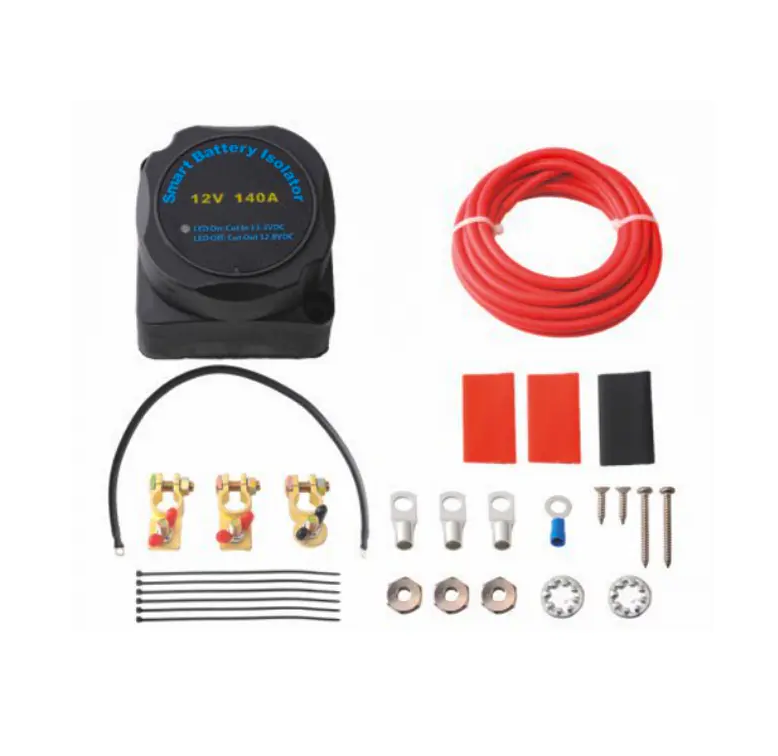Solenoid switches are at the forefront of electromechanical control systems, providing a reliable means of actuation in a myriad of applications. These switches, which operate based on the principle of electromagnetic induction, facilitate the rapid and precise control of various devices and machinery. The solenoid switch's ability to convert electrical energy into mechanical force makes it a crucial component in a wide array of industries, from automotive to industrial automation.
The solenoid switch's operation is predicated on the interaction between an energized coil and a plunger. When current flows through the coil, it generates a magnetic field that attracts the plunger, thereby closing or opening the circuit. This action allows for the remote control of a device without any direct mechanical linkage, which is a significant advantage in applications where physical contact could be cumbersome or impossible. The efficiency of solenoid switches lies in their swift response time and their ability to handle a high number of operations without degradation.
In the context of industrial automation, solenoid switches are indispensable for controlling the flow of materials, managing assembly lines, and regulating the operation of machines. They are often integrated into complex systems where precise timing and control are required. For instance, in a manufacturing plant, solenoid switches can be used to control the opening and closing of valves, the starting and stopping of motors, and the activation of safety mechanisms.
The reliability of solenoid switches is paramount, especially in safety-critical applications. In automotive systems, for example, solenoid switches are used to control fuel injection, transmission shifting, and ignition systems. The robustness of these switches ensures that these critical functions can be executed without fail, contributing to the overall safety and performance of the vehicle.
One of the key advantages of solenoid switches is their adaptability. They can be configured to operate in various ways, such as momentary or latching, depending on the application's needs. Momentary solenoid switches return to their original position once the current is removed, whereas latching solenoid switches maintain their position until the current is reapplied in the opposite direction. This versatility allows for customization in a wide range of applications.
The design of solenoid switches also plays a significant role in their performance. Factors such as the type of material used for the coil, the composition of the plunger, and the sealing mechanisms can all impact the switch's durability, response time, and resistance to environmental factors. High-quality solenoid switches are designed to withstand harsh conditions, including extreme temperatures, vibrations, and exposure to various chemicals.
Maintenance and longevity are also critical considerations when selecting solenoid switches. Regular inspection and maintenance can extend the life of these switches and prevent costly downtime. The use of materials that resist wear and tear, as well as designs that facilitate easy replacement of components, are essential features of durable solenoid switches.
In conclusion, solenoid switches are a cornerstone of modern electromechanical systems. Their ability to provide precise control with speed and reliability makes them an indispensable tool in a variety of applications. As technology continues to evolve, the role of solenoid switches is likely to expand, with advancements in materials and design further enhancing their capabilities. Understanding the intricacies of solenoid switches and their applications is crucial for anyone involved in the design, maintenance, or operation of electromechanical systems.
12V
OEM:X Retrofitted vehicles RVS, yachts solar charging units


